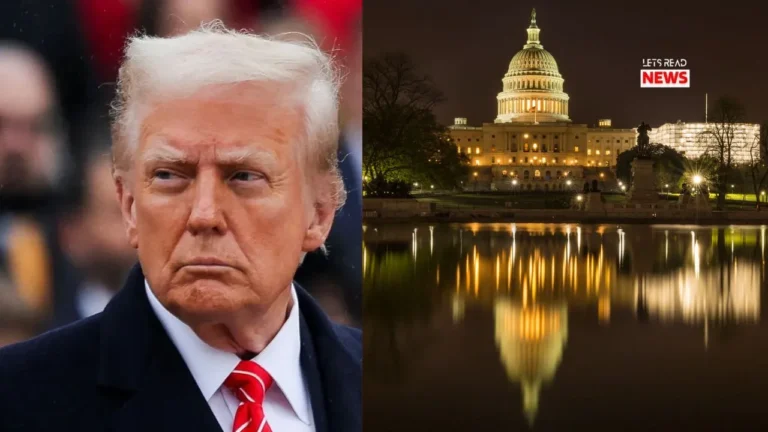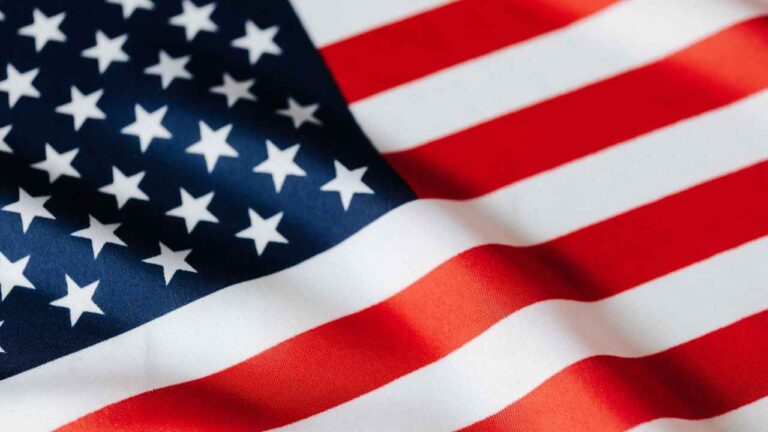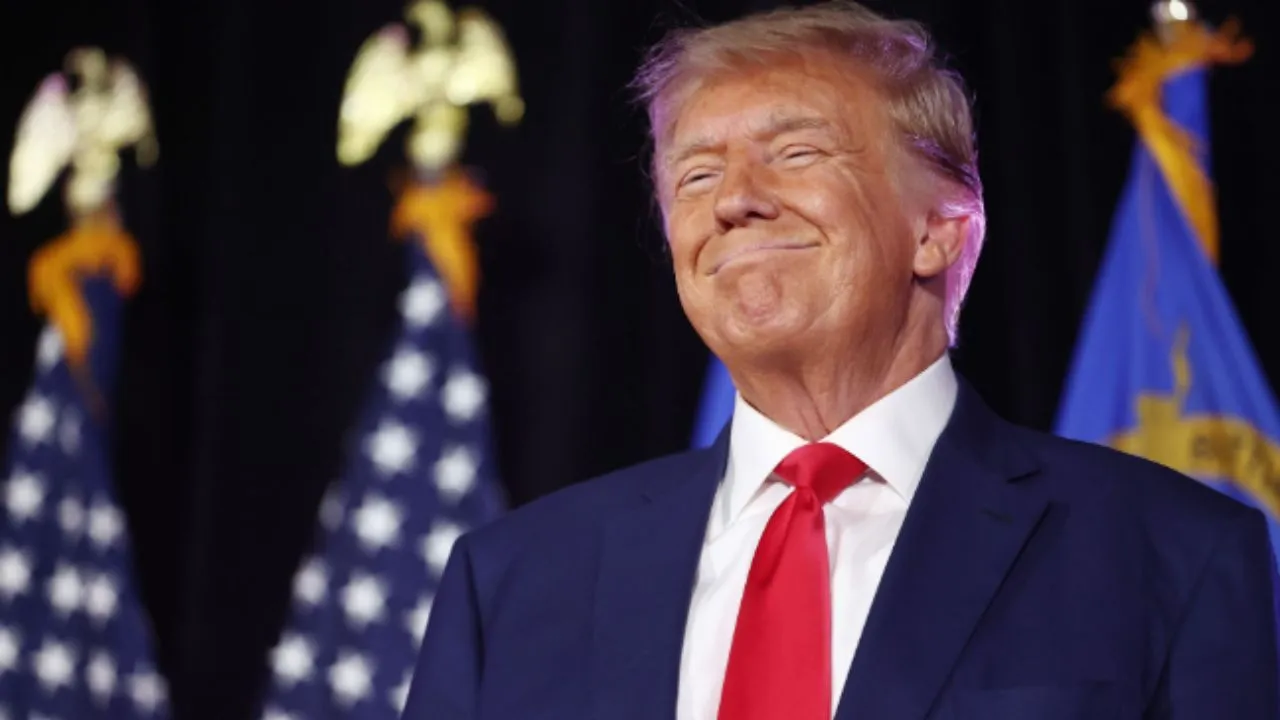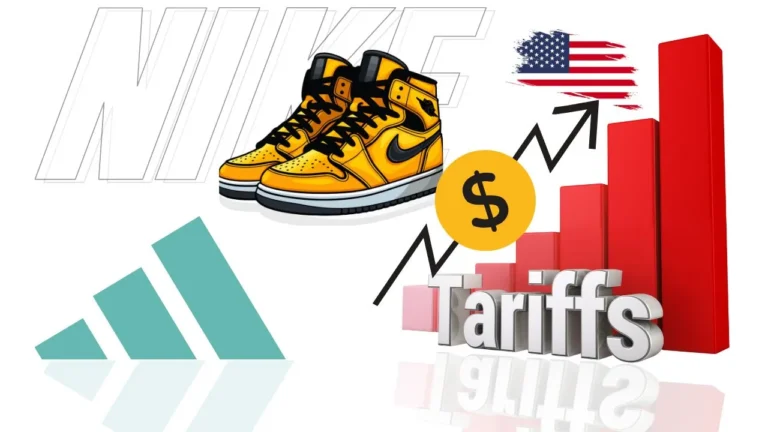Trump’s Tariffs on Other Countries: Global Reactions, Domestic Impacts, and Tariff Rates
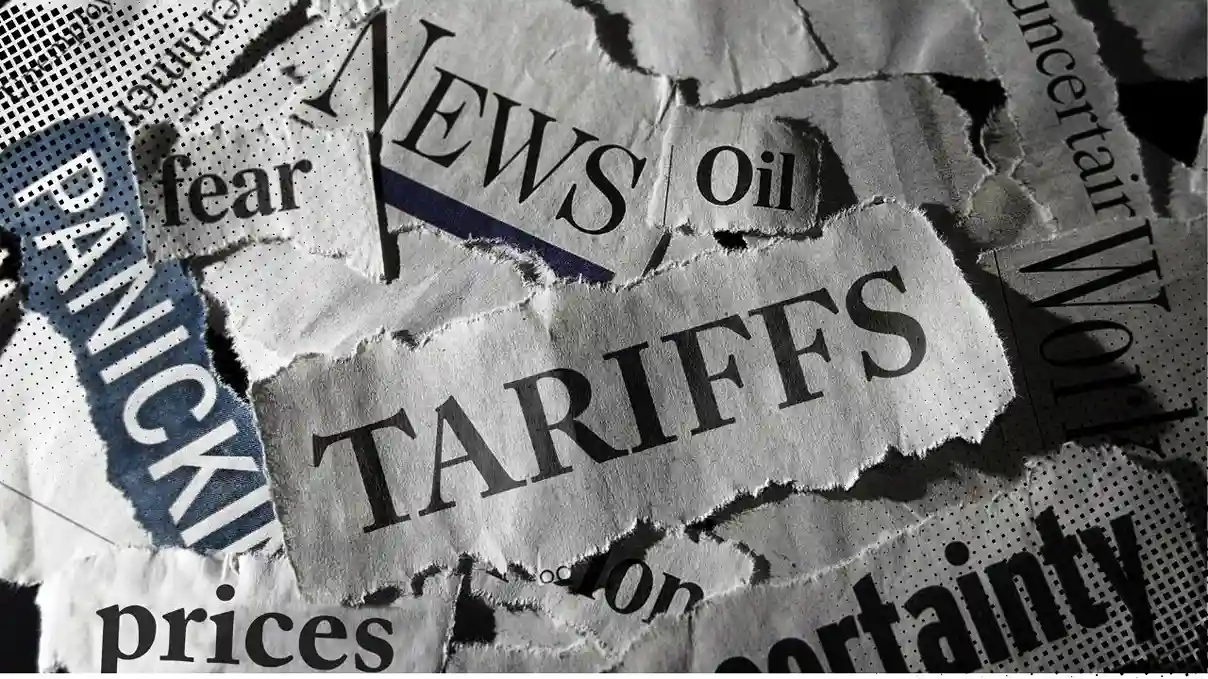
In 2025, President Donald J. Trump’s administration implemented a sweeping set of tariffs on imports from nearly 70 countries, marking one of the most significant shifts in U.S. trade policy in decades. These tariffs, described as “reciprocal” by the White House, aim to address trade imbalances, protect American jobs, and reduce the U.S. goods trade deficit, which reached $1.2 trillion in 2024. However, the policy has sparked intense debate, with global leaders, economists, and U.S. consumers expressing concerns about inflation, economic disruption, and the potential for a global trade war. This article explores the tariff regime, international and domestic responses, and the potential impacts on American consumers, with a detailed table of tariff rates imposed on key trading partners.
Background on Trump’s Tariff Policy
Since taking office in January 2025, President Trump has pursued an aggressive trade agenda, leveraging the International Emergency Economic Powers Act (IEEPA) to declare a national emergency over trade deficits. The tariffs, which began taking effect on April 5, 2025, include a baseline 10% tariff on most foreign imports, with higher “reciprocal” tariffs targeting countries deemed to have unfair trade practices. Specific sector tariffs, such as 50% on steel and aluminum and 25% on imported cars, have also been enacted. The administration argues that these measures will boost domestic manufacturing, generate significant tax revenue (over $150 billion in six months), and pressure trading partners to negotiate fairer trade deals.
The tariffs are part of Trump’s broader “America First” trade policy, which seeks to address perceived exploitation by countries with higher tariffs on U.S. goods or non-tariff barriers like value-added taxes (VAT). The White House has emphasized that access to the U.S. market is a privilege, not a right, and has encouraged foreign companies to manufacture in the U.S. to avoid tariffs.
Global Reactions to the Tariffs
The international response to Trump’s tariffs has been mixed, ranging from diplomatic negotiations to threats of retaliation:
- China: Facing a 104% tariff (including a 34% reciprocal tariff), China retaliated with an 84% tariff on U.S. goods starting April 10, 2025. The Chinese Commerce Ministry criticized the U.S. tariffs as “unilateral bullying” and imposed restrictions on rare earth exports, impacting U.S. tech and automotive industries. Analysts from Capital Economics noted that a near-term resolution to the U.S.-China trade war is unlikely.
- European Union: The EU faces a 15% tariff, with negotiations ongoing to avoid escalation. European Commission President Ursula von der Leyen called the tariffs a “major blow” to the global economy, while Germany’s acting economy minister, Robert Habeck, suggested that unified European pressure could force Trump to adjust his policies. The EU has considered retaliatory tariffs on U.S. digital services.
- Canada and Mexico: Initially hit with 25% tariffs, both countries secured exemptions for USMCA-compliant goods until April 2, 2025, when a 25% tariff on cars and auto parts was imposed. Canada faces a 35% tariff on non-USMCA goods, prompting Prime Minister Mark Carney to seek closer ties with Mexico to mitigate impacts. The tariffs threaten the integrated North American auto supply chain, with Stellantis announcing factory closures and layoffs.
- Taiwan: A 20% tariff (initially 32%, excluding semiconductors) led Taiwan to offer increased U.S. imports and tariff reductions to avoid retaliation. The Taiwanese government criticized the tariffs as “unreasonable” but prioritized diplomacy.
- India: Facing a 50% tariff (including a 25% additional levy for purchasing Russian oil), India is analyzing impacts on its electronics, gems, and textile sectors. The government views the tariffs as a “mixed bag,” noting exemptions for pharmaceuticals.
- Brazil: Hit with a 50% tariff (including a 40% levy tied to political issues), Brazil faces significant export challenges, though orange juice and aircraft parts are exempt.
- Thailand: Facing a 19% tariff, Thailand urged exporters to diversify markets and expressed readiness to negotiate with the U.S. to minimize disruptions.
- ASEAN and Others: ASEAN countries, including Malaysia (24% tariff), agreed not to retaliate immediately, seeking pragmatic solutions during a 90-day pause offered by Trump. Poland, part of the EU, estimated a 0.4% GDP hit, while Switzerland halted aircraft deliveries due to a 39% tariff.
Some countries, like the UK and South Korea, secured trade deals lowering tariffs (15% for both), with commitments to buy U.S. energy, cars, and agricultural products. However, details of these agreements remain unclear, with Japan’s negotiators disputing Trump’s claims about finalized terms.
Domestic Opposition and Support
In the U.S., reactions are sharply divided:
- Support: The White House and Trump’s economic advisors, including Peter Navarro, celebrate the tariffs as a success, citing over $150 billion in revenue and job creation potential. They argue that tariffs protect American workers and reduce reliance on foreign supply chains. Posts on X from the White House highlight this narrative, claiming tariffs have defied critics’ predictions of economic collapse.
- Opposition: Economists, trade associations, and some Republicans warn of severe consequences. The Tax Foundation estimates an average tax increase of $2,100 per U.S. household in 2025, with tariffs potentially reducing GDP by 0.8%. Forty-five U.S. trade associations, including the National Retail Federation, argue that tariffs harm consumers and allies more than adversaries like China.
- Consumer Impact Concerns: Analysts predict higher prices for goods like cars (up to $4,711 more), clothing, electronics, and food imports (e.g., coffee, chocolate). Companies like Adidas, Nike, and Mattel have confirmed price increases. The Cato Institute warns of reduced exports and manufacturing output due to retaliatory tariffs and costlier inputs.
- Political Dynamics: Some Republicans, including former Trump advisor Gary Cohn, oppose the tariffs, while Democrats and Michigan Governor Gretchen Whitmer have lobbied for relief, citing impacts on consumers and industries. Posts on X reflect public confusion, with some users arguing that tariffs are effectively a tax on Americans, as costs are passed on to consumers.
Tariff Rates Table
Below is a table summarizing key tariff rates imposed by the U.S. as of August 2025, based on available data:
| Country/Territory | Tariff Rate | Notes |
|---|---|---|
| China | 104% (34% reciprocal + prior tariffs) | Highest rate; retaliatory 84% tariff by China. Excludes semiconductors. |
| Brazil | 50% (10% reciprocal + 40% additional) | Additional levy tied to political issues; orange juice, aircraft parts exempt. |
| India | 50% (25% reciprocal + 25% for Russian oil) | Effective August 27, 2025; pharmaceuticals exempt. |
| Canada | 35% (non-USMCA goods) | USMCA goods exempt until April 2; 25% on cars/parts. |
| Switzerland | 39% | Impacts watches, aircraft; deliveries halted. |
| Laos, Myanmar | 40% | High rates due to trade practices. |
| European Union | 15% | Negotiations ongoing; pharma exports taxed. |
| Taiwan | 20% | Excludes semiconductors; Taiwan offered concessions. |
| Vietnam | 20% | Impacts apparel, electronics. |
| Thailand | 19% | Seeking market diversification. |
| South Korea | 15% | Trade deal includes U.S. investments. |
| United Kingdom | 15% | Deal lowers tariffs on cars, steel. |
| Mexico | 25% (non-USMCA goods) | USMCA exemptions until April 2; 25% on cars/parts. |
| Others | 10% (baseline) | Applies to unlisted countries; excludes specific sector tariffs. |
Notes:
- Steel (50%), aluminum (50%), and cars/parts (25%) face separate sector-specific tariffs.
- Exemptions include copper, pharmaceuticals, semiconductors, lumber, and certain critical minerals.
- Rates may change with ongoing negotiations or retaliatory actions.
Impact on Americans
The tariffs are likely to have significant economic consequences for American consumers and businesses:
- Higher Consumer Prices: Tariffs are effectively a tax on imports, often passed on to consumers. J.P. Morgan estimates that prices for goods like cars, electronics, apparel, and food (e.g., coffee, chocolate) could rise significantly. For example, car prices may increase by $4,711 on average, and apparel from Vietnam (20% tariff) and China (104%) will likely become pricier.
- Inflation and Economic Growth: The Tax Foundation projects a $2,100 average tax increase per household in 2025, with inflation rising (e.g., 2.7% in June 2025). Retaliatory tariffs could reduce U.S. exports, impacting GDP by 0.8%. Moody’s Analytics warns of potential recessions if trade wars escalate.
- Job Impacts: While Trump claims tariffs will create jobs, factory closures (e.g., Stellantis laying off 900 U.S. workers) and higher input costs for manufacturers could lead to job losses. The integrated North American auto supply chain is particularly vulnerable.
- Trade Diversion: Reduced trade with China has shifted imports to countries like Vietnam and India, but higher tariffs on these nations may limit this strategy, increasing costs for U.S. retailers like Walmart and Target.
- Revenue vs. Costs: The White House touts $150 billion in tariff revenue, but critics argue this is offset by higher consumer prices and reduced economic output. The de minimis exemption closure (effective August 29, 2025) will further increase costs for low-value imports, affecting e-commerce platforms like Shein.
Conclusion
Trump’s tariffs represent a bold attempt to reshape global trade in favor of U.S. interests, but they come with significant risks. While the administration celebrates revenue gains and potential manufacturing growth, the policy has strained relations with allies, prompted retaliatory measures, and raised concerns about inflation and job losses. American consumers face higher prices for everyday goods, and businesses must navigate a complex trade landscape. As negotiations continue, the long-term impact of these tariffs will depend on how trading partners respond and whether the U.S. can avoid a full-scale global trade war.
For the latest updates on tariff rates and trade deals, visit the White House website or trade compliance resources


